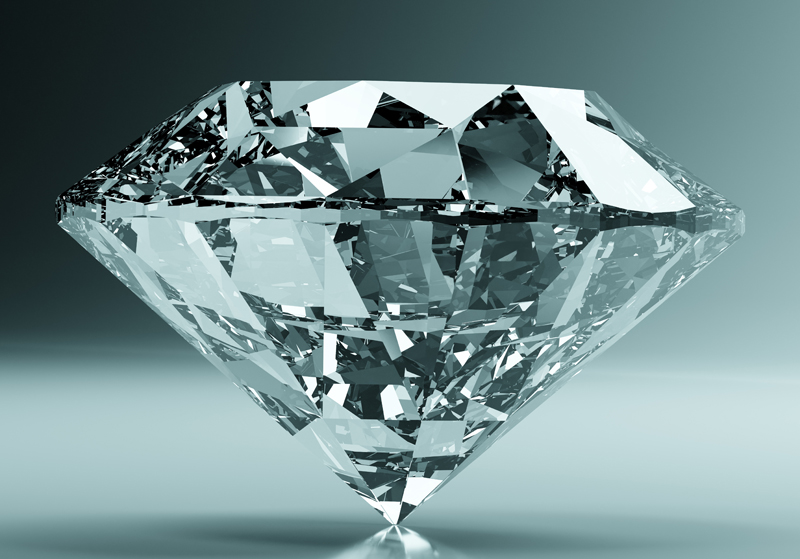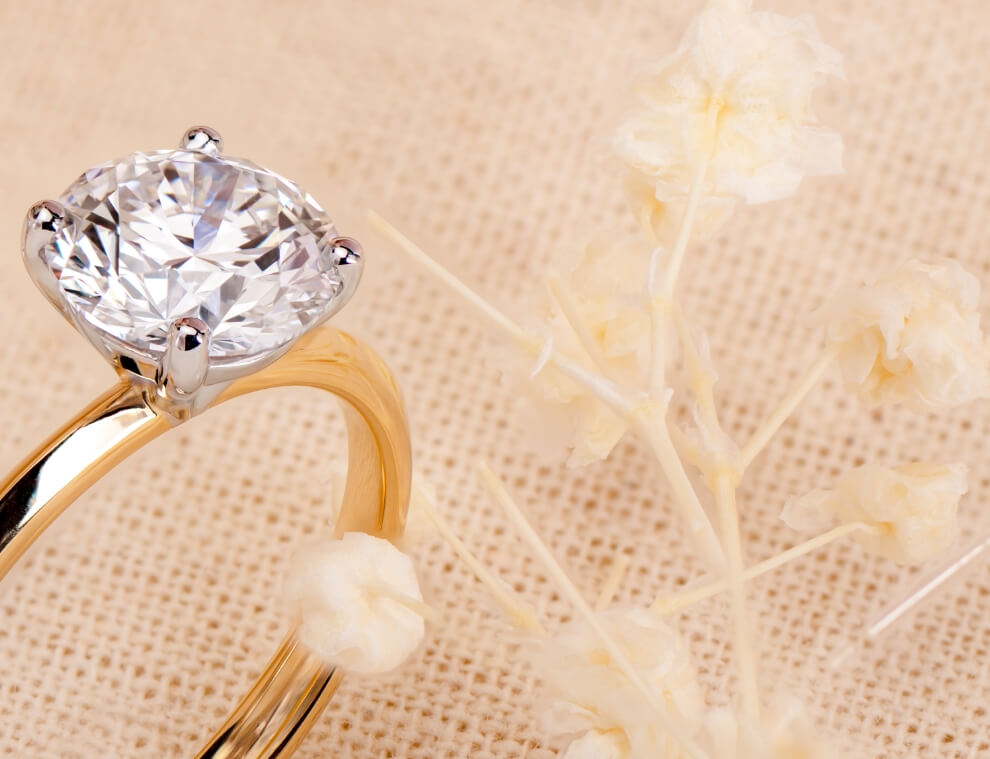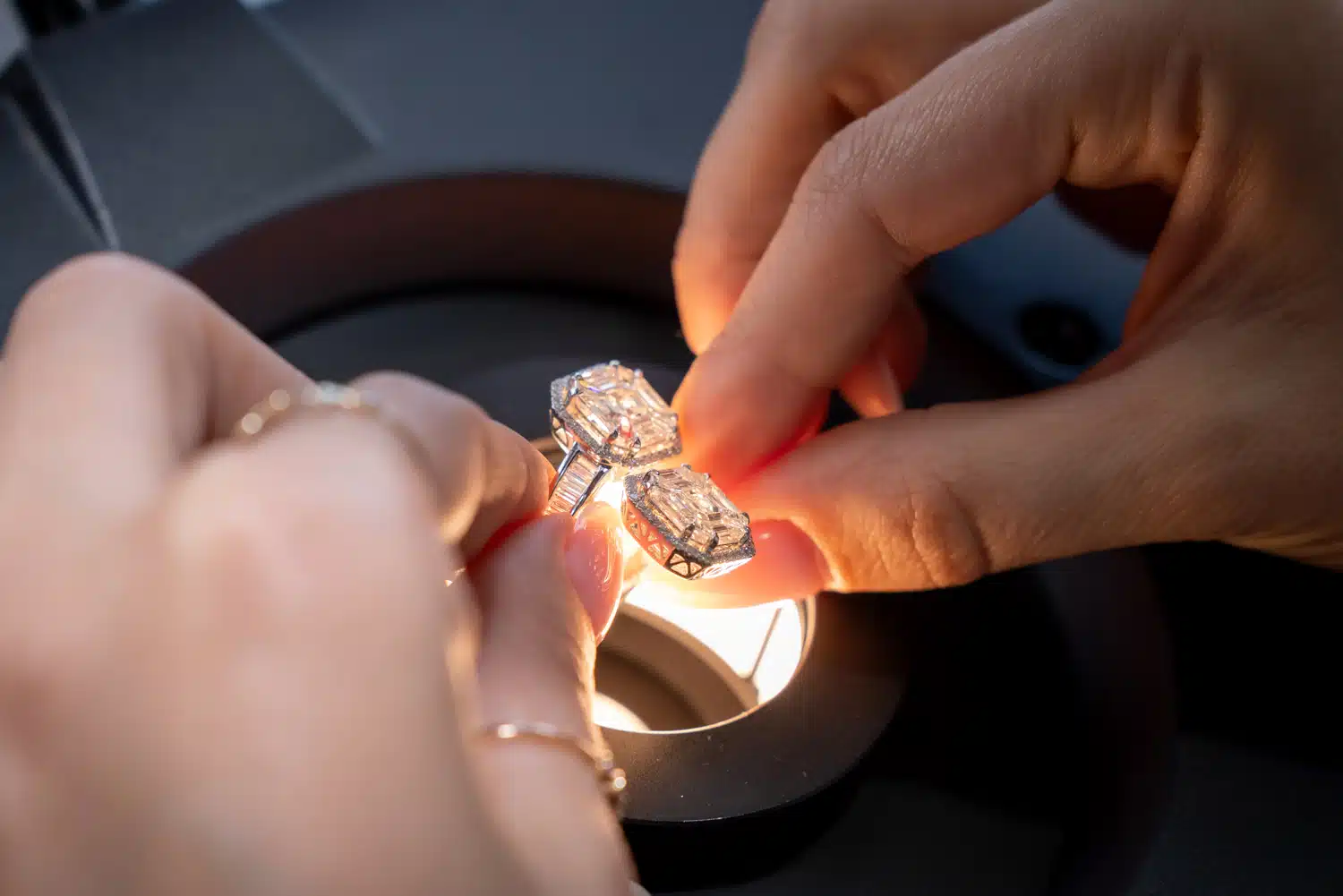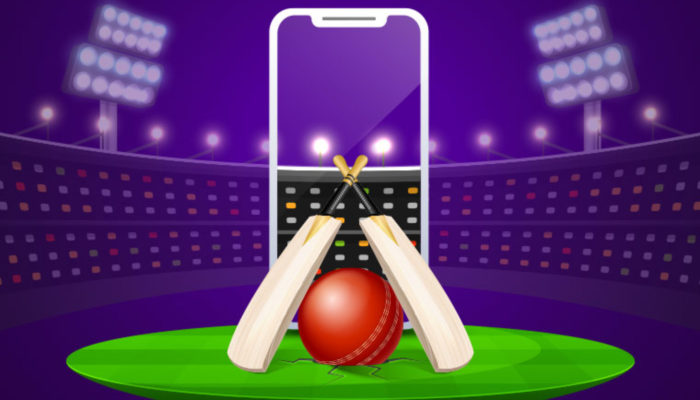Diamonds, the epitome of elegance and sophistication, come in various shapes, each with its unique charm and allure. Selecting the right diamond shape is crucial for making a personal statement and enhancing the beauty of the gem. In this guide, we will delve deep into the world of diamond shapes, offering a thorough exploration to help you make an informed decision.
Understanding Diamond Shapes
Diamond shapes refer to the geometric form of the diamond, distinct from the diamond cut, which relates to the facets’ arrangement. The shape of a diamond affects its appearance, sparkle, and overall aesthetic. Here, we provide an in-depth look at the most popular diamond shapes and what makes each one special.
Round Brilliant Cut
The Round Brilliant Cut is the most popular and widely recognized diamond shape. It is engineered for maximum brilliance, thanks to its 58 facets, which are expertly crafted to reflect light and create exceptional sparkle. This classic shape is versatile, suiting various jewelry styles from solitaire rings to intricate necklaces.
Princess Cut
Princess Cut diamonds are known for their contemporary appeal and stunning sparkle. This square or rectangular shape features pointed corners and numerous facets that enhance its brilliance. It is a popular choice for engagement rings, offering a modern twist on traditional elegance.
Emerald Cut
The Emerald Cut is distinguished by its elongated rectangular shape and step-cut facets. This shape exudes sophistication and highlights the diamond’s clarity due to its large, open table. It produces a hall-of-mirrors effect, creating a unique play of light and dark planes.
Cushion Cut
Cushion Cut diamonds, also known as pillow-cut diamonds, have a square or rectangular shape with rounded corners and larger facets. This shape combines a vintage charm with modern brilliance, making it a popular choice for antique-style and contemporary jewelry alike.
Oval Cut
The Oval Cut diamond is an elongated version of the round brilliant, offering similar brilliance and fire. Its elongated shape creates an illusion of greater size, making the wearer’s fingers appear longer and slimmer. This shape is ideal for those seeking a blend of classic sparkle and unique style.
Marquise Cut
The Marquise Cut diamond, with its elongated, curved shape and pointed ends, maximizes carat weight, creating a larger-looking diamond. This regal shape, often referred to as the Navette cut, is ideal for those looking to make a bold statement.
Pear Cut
Combining the best features of the round and marquise cuts, the Pear Cutdiamond resembles a teardrop. Its unique shape is flattering on fingers and can be worn with the point facing up or down, offering versatile styling options. This shape is known for its elegant and distinctive appearance.
Asscher Cut
The Asscher Cut diamond, with its square shape and step-cut facets, is similar to the emerald cut but with a more pronounced brilliance. Its unique cut creates a vintage-inspired look, reminiscent of the Art Deco era, making it a favorite among those who appreciate classic elegance with a touch of modern flair.
Radiant Cut
Radiabnt Cut diamonds are known for their impressive sparkle and brilliance, combining the best features of the emerald and round cuts. This rectangular or square shape with trimmed corners offers a unique blend of elegance and contemporary style, making it a versatile choice for various jewelry designs.
Heart Cut
The Heart Cut diamond is the ultimate symbol of love and romance. This shape features a distinctive heart silhouette, making it a perfect choice for engagement rings and anniversary gifts. Its unique cut requires expert craftsmanship to ensure symmetrical proportions and maximum brilliance.
Trillion Cut
Trillion Cut diamonds, characterized by their triangular shape and brilliant-cut facets, offer a modern and edgy look. This shape is often used as accent stones but can also make a striking centerpiece in contemporary jewelry designs.
Baguette Cut
The Baguette Cut diamond, with its long, rectangular shape and step-cut facets, is often used as an accent stone in various jewelry pieces. This shape is known for its sleek and elegant appearance, adding a touch of sophistication to any design.
Factors to Consider When Choosing a Diamond Shape
Selecting the right diamond shape involves considering several factors to ensure it complements the wearer’s style and meets their preferences.
Personal Style and Preference
The diamond shape should reflect the wearer’s personal style. For instance, classic shapes like the round brilliant and oval cut appeal to those who appreciate timeless elegance, while modern shapes like the princess and radiant cuts cater to contemporary tastes.
Finger Shape and Size
The shape and size of the wearer’s fingers can influence the choice of diamond shape. Elongated shapes like the oval, marquise, and pear cuts create an illusion of longer, slimmer fingers, while wider shapes like the cushion and round cuts suit broader fingers.
Setting and Design
The diamond shape should harmonize with the setting and overall design of the jewelry piece. For example, intricate settings often complement simpler shapes like the round brilliant, while minimalist designs may highlight more unique shapes like the heart or trillion cuts.
Budget Considerations
Different diamond shapes can vary in cost. Round brilliant lab made diamonds are typically more expensive due to their high demand and extensive cutting process. In contrast, shapes like the cushion and princess cuts may offer more value for money without compromising on brilliance and beauty.
Conclusion
Choosing the perfect diamond shape is a personal and significant decision that goes beyond aesthetics. Each diamond shape has its own unique attributes and charm, catering to various styles and preferences. By understanding the characteristics and appeal of each shape, you can make an informed choice that perfectly reflects your personality and enhances the beauty of your jewelry.











